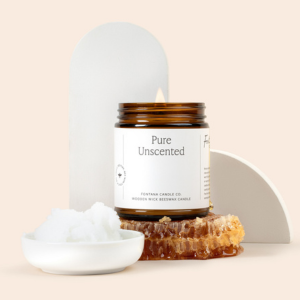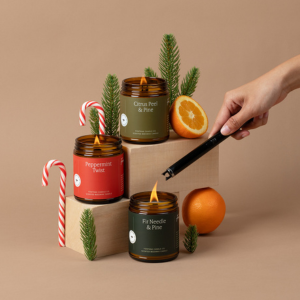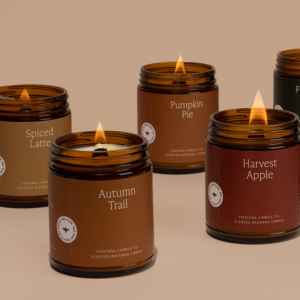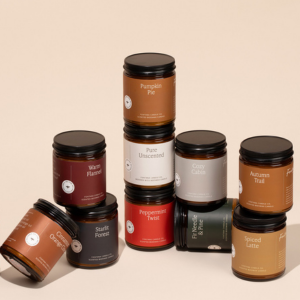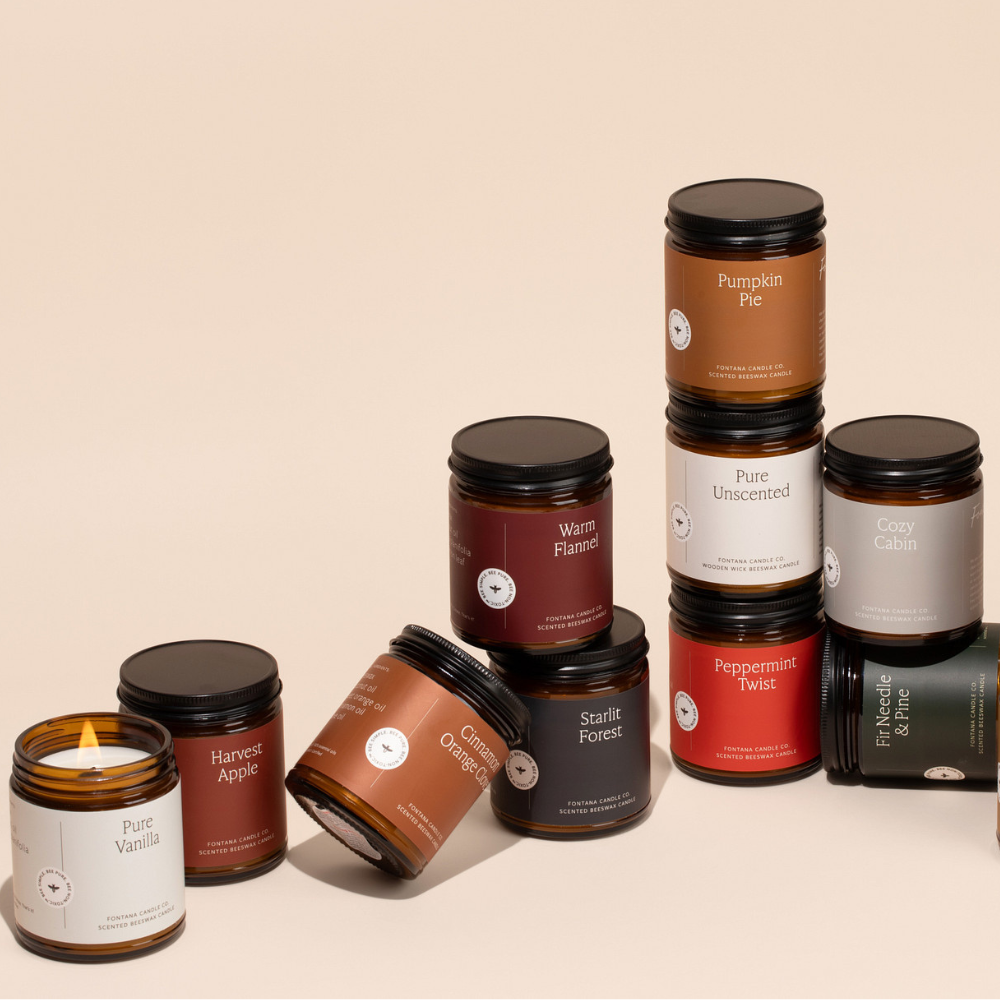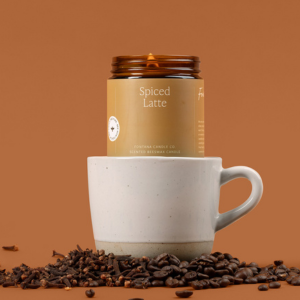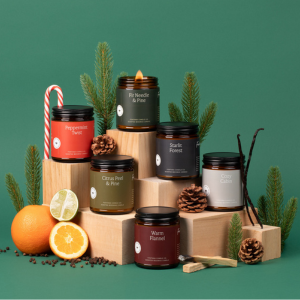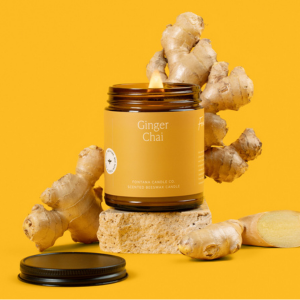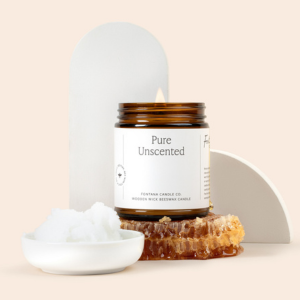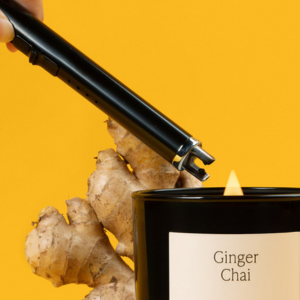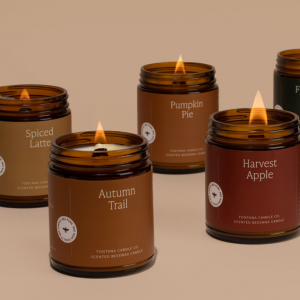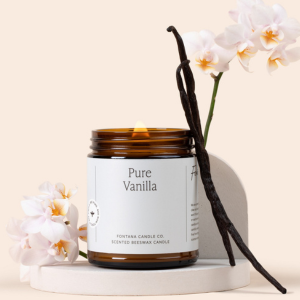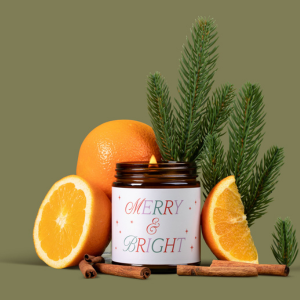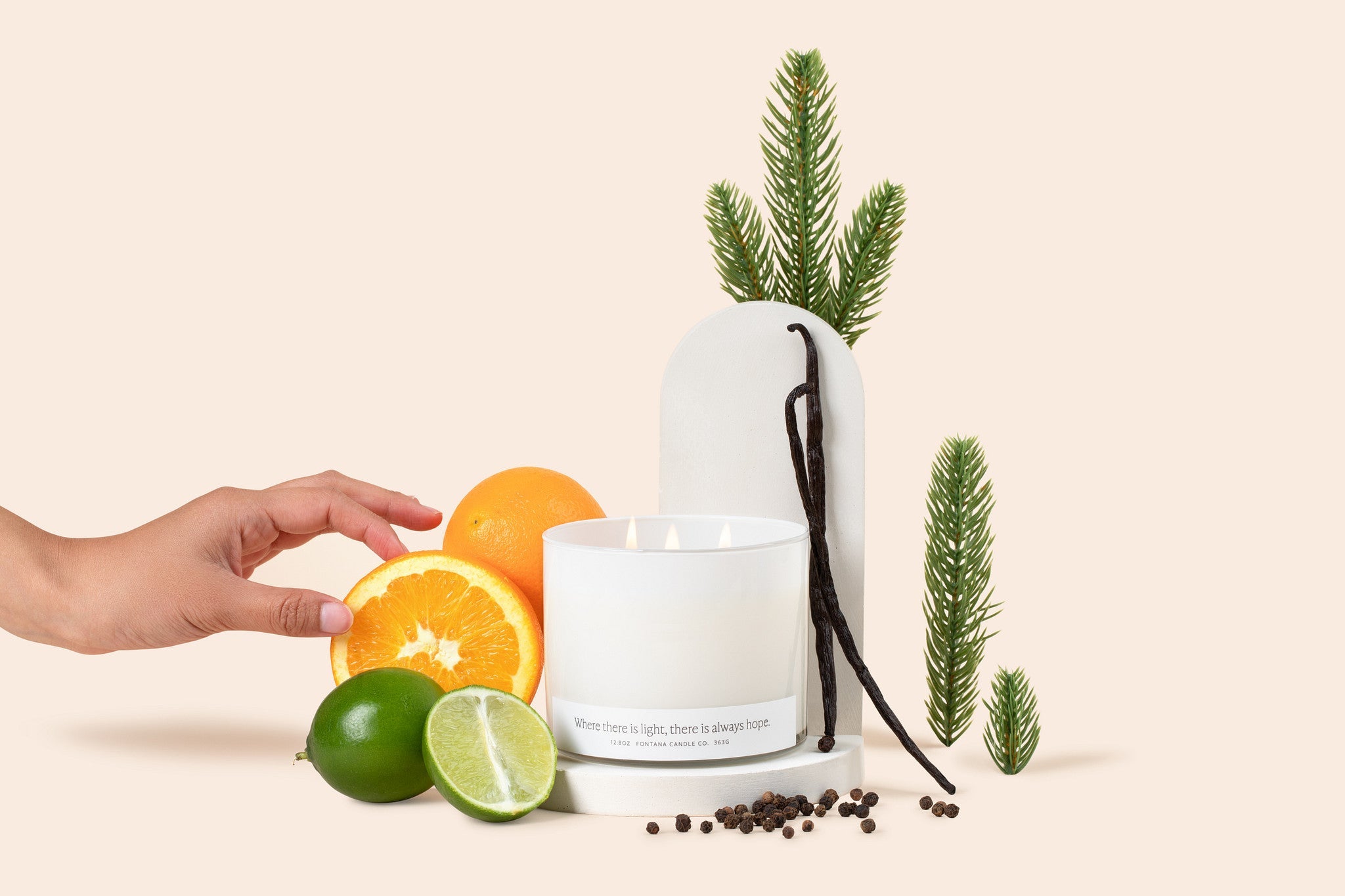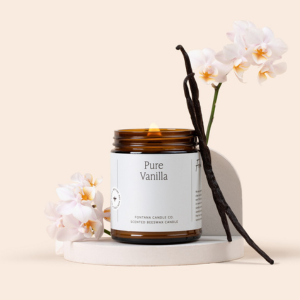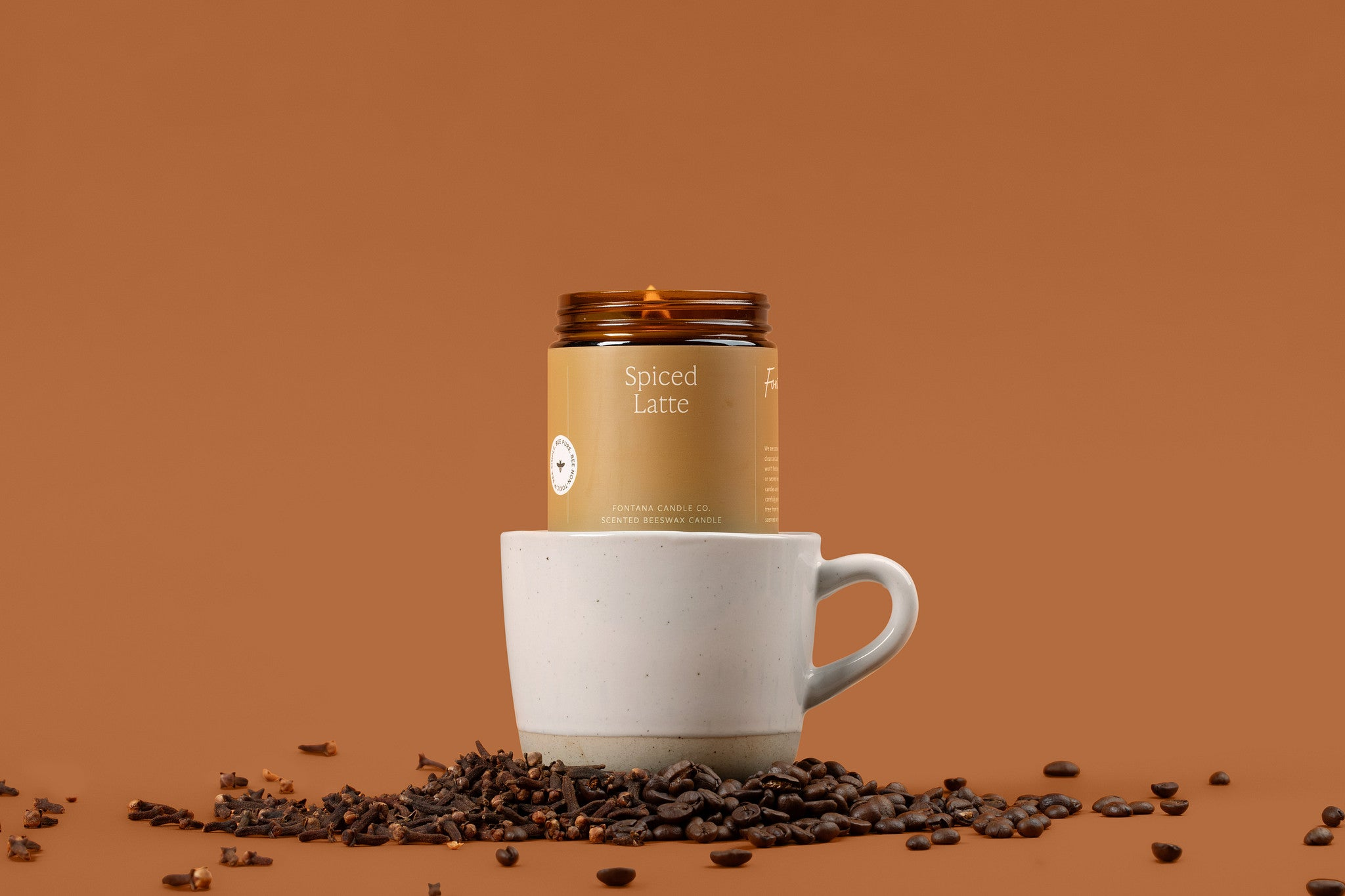How To Tell If a Candle Is Non-Toxic

Spotting a non-toxic candle is harder than you might think. Many candles may contain ingredients you haven’t heard of, like hexane, toluene, or 2-tert-Butylcyclohexyl acetate.
Not only are these ingredients hard to pronounce, but they are also harmful. In fact, these ingredients are included on the Agency for Toxic Substances & Disease Registry (ATSDR)’s toxic substances list.
While many candlemakers don’t openly disclose their ingredients, there are ways that you can tell if a candle is non-toxic or actually contains harmful chemicals.
Consider The Candle’s Price Point
When you pick a candle off the shelf at a large retailer, especially at a discount, you can almost always assume it contains harmful ingredients. Why? The main reason toxic ingredients are used in candles, like paraffin wax and artificial fragrances, is because they’re inexpensive.
Conventional paraffin wax is derived as a byproduct of petroleum, coal, or oil shale and contains controversial and harmful chemicals such as benzene and toluene. But it’s also easy to mass produce.
While price point isn’t a guarantee that a candle is non-toxic, know that prices are kept low through these inexpensive ingredients.

Check For Artificial Scents
If the candle has an extremely strong scent, it’s likely the candle was made with artificial and potentially toxic fragrance chemicals.
“Fragrance” is a catch-all term for over 3,000 chemicals including:
- Volatile organic compounds (VOCs)
- Allergens
- Respiratory irritants
- Potential carcinogens
For example, the strong baked scents, sugary scents, musk scents, and most of the food scents that are seen in candles are always made with synthetic fragrances. These scents just aren’t possible to make naturally.
By comparison, all natural essential oils are more sheer in scent than fragrances. There are fewer natural oils for candlemakers to work with, so the palette of scents available is also limited.
As always, check the product label or candlemaker’s website for information about candle scents.

Inspect The Candle Wax
Candle wax contains the majority of harmful chemicals. There are several ways to tell if a wax may be harmful.
To start, check the color of the wax. If it’s a vivid color, you can assume that it is made with synthetic dyes. These dyes can contain harmful chemicals when heated. Next, check what type of wax is used in the candle.
Most candlemakers list the type of wax used on the label of the candle. However, it’s a common misconception that candles made with soy wax are safer than paraffin wax. Soy wax can also be processed with paraffin and other petroleum based chemicals. This information typically is not disclosed to the consumer. GMOs can also be an area of concern, especially with soy.
When in doubt, look for a detailed list of ingredients on the label or the candlemakers website. If they do not disclose what’s in their candles or their process, this should be a cause for concern.
Search For Truly Non-Toxic Candles Ingredients
Essential Oils
Look for candles scented with 100% pure essential oils, or “essential oils only.” The company should give as much information about the essential oil as possible, including the extraction process used (steam distilled or cold pressed) as well as the region where the oil came from.
Companies that use natural fragrances should disclose all ingredients; avoid all ambiguous claims or attempts at greenwashing meant to deceive consumers. If you have a favorite fragrance that you just can’t give up, ask the company to supply you with a Safety Data Sheet. This informational sheet provides information on the hazards of the chemicals in a product, and procedures that should be used for safety.
Vegetable Based Wax
If you are looking for a non-toxic vegetable based wax, 100% soy or 100% coconut wax can be a great option. Again, do not rely on the claims on the candle itself like “natural soy”: please ask the company to confirm that paraffin was not used in the processing of it’s wax. Even better, look for organic soy.
From our research, beeswax was the answer to the toxic candle dilemma and is our favorite wax for wellness. Beeswax is a completely natural byproduct of the honeybee, and is one of the oldest known waxes used in the world.
Verify “All Natural” Claims With Non-Toxic Certifications
If a company is using pure and natural ingredients, they should be more than happy to make this as clear as possible for their customers. While many claims can be made about how natural a product is, certification from trusted third parties is one of the best ways to confirm this.
Independent, third party certification takes the conflict of interest out of the claim. They allow the customer to feel confident that the product is vetted to vigorous standards. Currently, MADE SAFE® is the only non-toxic certification organization that has tackled the certification of candles.
MADE SAFE® certified goods have been thoroughly examined by researchers and scientists to ensure they’re made without known behavioral toxins, carcinogens, VOCs, and many other harmful substances. Fontana is the first and only candlemaker to have received MADE SAFE® Certification.
Shop For All Natural Candles From Fontana
Fontana was founded with the mission of creating the cleanest candles possible – candles marketed with no way of greenwashing because they are truly all natural and non-toxic.

